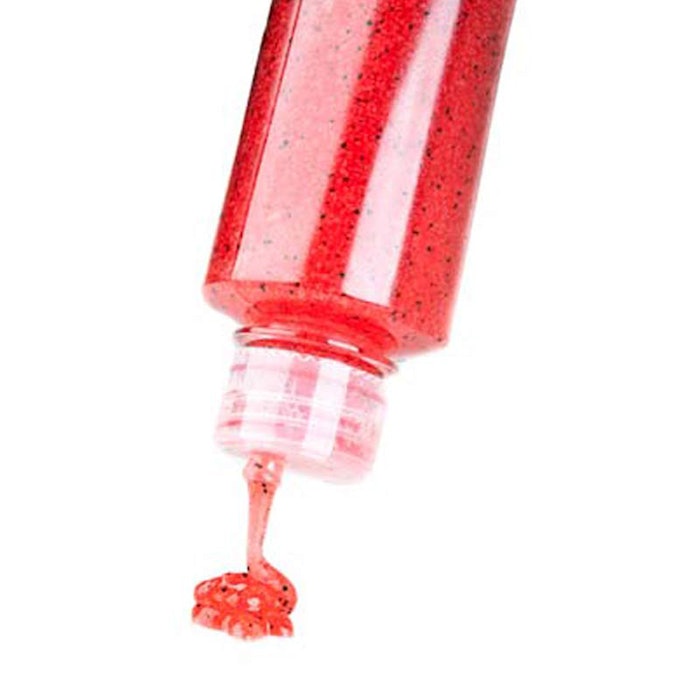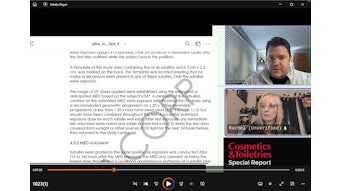
The Canadian government plans to declare non-biodegradable microbeads as "toxic substances" under the Canadian Environmental Protection Act and has instituted a mandatory survey to be completed by companies who import, export or use microbeads in personal care or consumer products in Canada.
Microbeads are synthetic polymer particles that can be larger than 0.1 µm and smaller than or equal to 5 mm in size and are solid at room temperature with the intent to be used in various cosmetic and personal care products. The Canadian government said the reason for this survey is to gather information on the production and use of microbeads within Canada to be able to support planned actions on banning microbeads that are non-biodegradable.
The survey covers microbeads intended to be applied to the human body for the purpose of exfoliating or cleansing in such a way that they may release to water. This survey is due no later than 5 pm ET on October 15, 2015.
A company is qualified to fill out the mandatory survey if:
- In 2014, the company imported a total quantity greater than 10 kg of microbeads in a mixture or personal care products intended to be applied to the human body and that may be released to water.
- In 2014, the company exported a total quantity greater than 10 kg of microbeads in a mixture or personal care products intended to be applied to the human body and that may be released to water.
- In 2014, the company used a total quantity greater than 10 kg of microbeads in a mixture or personal care products intended to be applied to the human body and that may be released to water.
The company does not qualify to fill out the survey if it dealt with:
- Microbeads in products or mixture that are in transit through Canada
- Microbeads in products or mixture that are in hazardous recyclable material that are claimed under the Export and Import of Hazardous Waste and Hazardous Recyclable Material Regulation and in 2014 was imported to a permit that was issued under the regulations
- Microbeads in pest control products within section 2(1) of Pest Control Products Act where the pest control product is registered
- Microbeads in fertilizer or supplement products that are registered in section (2) of Fertilizers Act
- Microbeads in prescription drugs that are under the Food and Drug regulations
Information to input into the survey:
- Consumer and commercial codes used to describe the use of the substance with microbeads
- Quantity of the mixture or products containing microbeads imported or exported
- Concentration of microbeads by weight in mixture or product (% w/w) - exact concentration or a range
- Proportion of microbeads in mixtures or products used for exfoliating or cleansing Stock Keeping Units information (SKUs)
- Information on the company that is importing, exporting, or using the microbeads
- The number of employees that work for the company and the company's gross annual receipts
- Unpublished or published data or studies
- Information that you may be expected to have access to or possess
- If the company has more than one location, response to the survey should be done on a company wide basis.
For guidance to help determine if a company is subject to the notice and for assistance with completing the various sections of the notice, refer to the guidance document for completing the CEPA section 71 Notice with respect to microbeads in certain personal care applications.
In July 2015, the Science Summary for Microbeads was posted on Environment Canada's website which recommends that microbeads be considered to meet one or more of the criteria set out in section 64 of the Canadian Environmental Protection Act, 1999 (CEPA 1999).
According to researchers, non-biodegradable microbeads that are washed off after product use end up in the environment and cause toxic issues. A recent study at Plymouth University, published in the Marine Pollution Bulletin, found up to tens of thousands of microbeads, each a fraction of a millimeter in diameter, could be released in every single application of certain products, such as facial scrubs.
On a global scale, the Netherlands was one of the first EU countries to draw attention to the issue and it has already banned the use of microbeads across the country. In the U.S, Illinois became the first watershed state to ban microbeads in 2014 followed by a number of other states including California, New Jersey, Wisconsin and Connecticut. Several other watershed states, including New York, have bills in process that are seeking final legislative approval.










